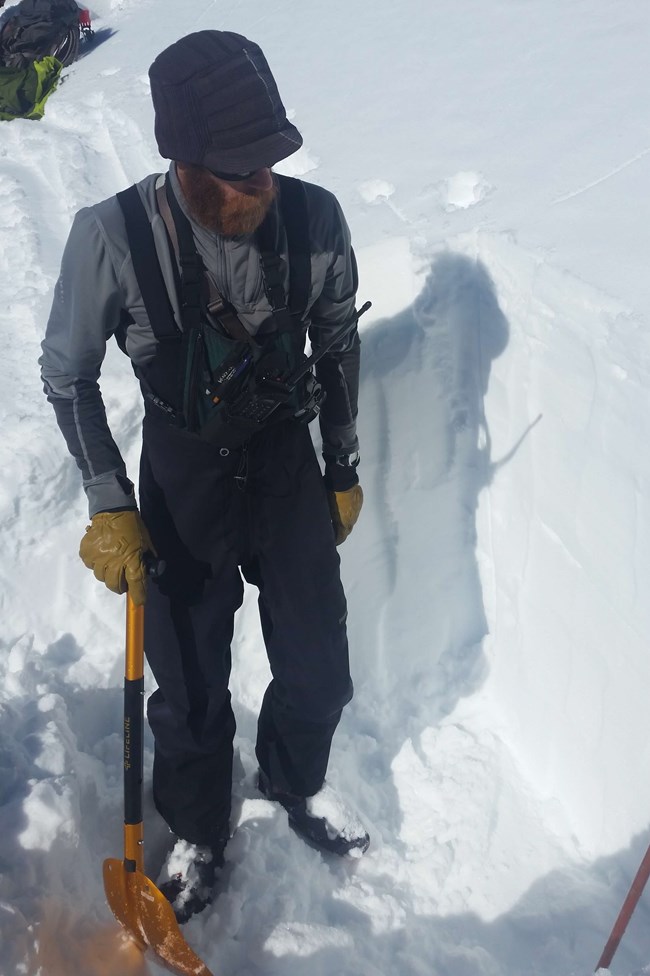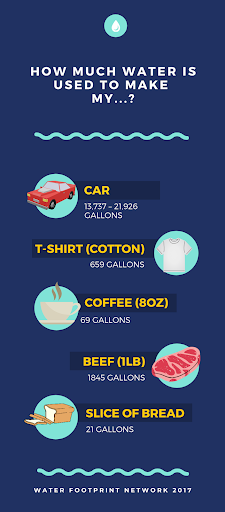Last updated: April 24, 2025
Article
Drought and Climate Change at Curecanti

NPS Photo / Stoorza
Water-based recreation opportunities abound at Curecanti. Many visitors come to Blue Mesa Reservoir to go boating, fishing, swimming, or floating. Water is the reason Curecanti was established in 1965, to serve as a water reserve for the people who depend on the Gunnison and Colorado Rivers for life, happiness, and livelihood.
For almost 60 years people have come from near and far to enjoy Curecanti. When Blue Mesa hits record low water levels and air temperatures reach some of their highest, which is happening more and more frequently, recreation available to visitors is limited, boat ramps close, and algae blooms more frequently and intensely..
The water levels in the Blue Mesa Reservoir depend largely on the snow melt each spring from the mountains up stream. As snowpack levels decrease so does the water level. The impact of climate change on the snowpack is one we need to understand better to know what the future of Blue Mesa may look like.

NPS Graphic / Hardin
Temperatures rise and less snow falls in the mountains. The snow that falls is more likely to melt before spring and therefore evaporate before it ever reaches the reservoirs. For example, in 2021 snowpack was around 80% of average but Blue Mesa averaged only 45% of full pool and reached as low as 25% of full pool. Drought is impacting the southwest United States with increasing frequency and duration. Curecanti protects and manages the largest body of water in Colorado. This water is a precious resource to locals as well as those further downstream that depend on it for agriculture, hydroelectric power, and drinking. 40 million people depend on the Colorado River system that the Gunnison River is a part of.
It is up to us to halt or reverse the effects human caused climate change is having on our water resources. There are many ways you can make an impact. One way is conserving water at home and in daily choices. This means more than not leaving the water running when you brush your teeth. It means understanding every item we purchase comes with a water cost, including how much water is used to produce or manufacture it as well as the water contaminated by the waste from production. To address the changes that are occurring or will occur, the National Park Service takes a proactive approach to respond to climate change. Learn more about the NPS response and how you can get involved to be part of the solution.
